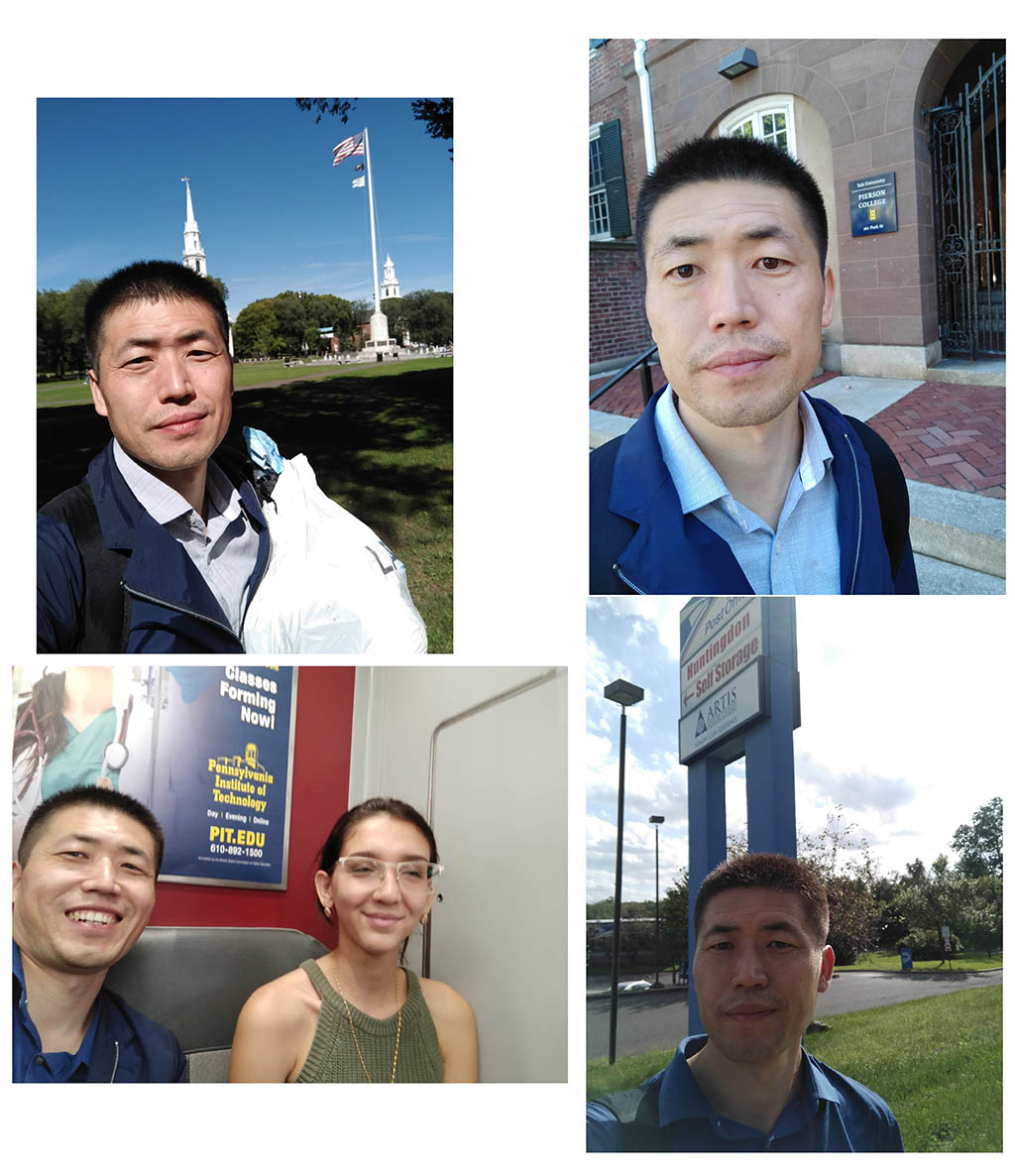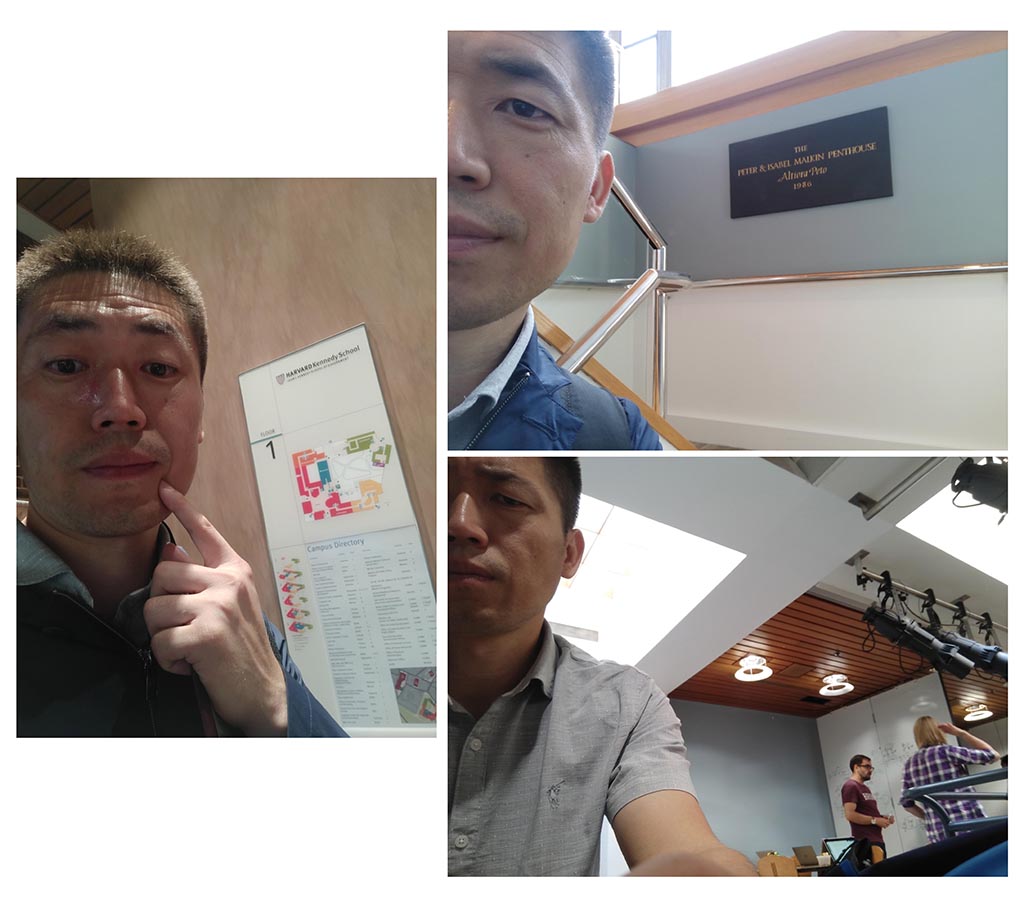OUR STORY
ABOUT US
OUR STORY
The name Sanjin originates from the Chinese name of the company’s founder, reflecting a thoughtful blend of pronunciation, character structure, and cultural symbolism. In Mandarin, "San" (三) means "three," a number often associated with harmony and balance in Chinese tradition, while "Jin" (金) translates to "gold," symbolizing prosperity and value. Together, the name Sanjin not only preserves the founder’s identity but also conveys aspirations for success and stability. The simple but strong characters also reflect the company’s values. Sanjin is more than just a name—it connects the founder’s identity to the company’s future. In the bustling streets of Ningbo, where neon lights flicker like restless dreams and the hum of commerce never sleeps, the idea for Sanjin was born—not in a boardroom, but in the quiet space between frustration and inspiration.
It was here, standing on a fog-draped pier where the Yangtze kissed the East China Sea, that Jason Gao, our company's founder first understood the truth: Water never begs permission to flow, trade shouldn't either. That night, hunched over maps in an incandescent light noodle shop, Jason sketched his vision between dumpling stains: "What if borders were like rivers—crossed freely, nourishing all they touch?"
Jason disagreed. He’d studied Adam Smith and Lao Tzu. The West spoke of "the invisible hand"; the East of "wu wei"—action through non-action. Both philosophies, he realized, pointed to the same truth: Prosperity flows where obstruction doesn't. The Yangtze Delta has always been about flow—of goods, ideas, and now, data. And if history repeats itself, well, this time, Ningbo’s writing the script. At dusk, when the Yangtze turns to liquid gold, you might hear Jason tell his favorite parable. In the early years of the new millennium, as the world entered an era of rapid globalization, a company was born with a simple yet powerful vision: to bridge markets through quality manufacturing and unwavering dedication. Founded in 2003, SANJIN International began as a modest enterprise, driven by the ambition to serve international clients with premium sports, leisure, and promotional products. What started as a small operation soon transformed into a thriving global supplier, thanks to relentless innovation, strategic adaptation, and an uncompromising commitment to excellence. The founder, Jason Gao, had spent years navigating the labyrinth of international trade. Each day, he encountered the same hurdles: fragmented supply chains, opaque pricing, and a frustrating lack of trust between buyers and sellers. One evening, after yet another shipment delay (blamed on "unforeseen logistical complexities," which Jason suspected was code for "we lost the paperwork"), he leaned back in his chair and thought: What if trade didn't have to be this hard? The Philosophy: Bridging East and West with Pragmatic Idealism Jason wasn’t just a businessman; he liked history and culture. He saw trade as more than transactions—it was the invisible thread connecting civilizations. Confucian Integrity – Trust wasn't a buzzword; it was the foundation. Sanjin would prioritize long-term relationships over short-term gains. Silicon Valley Speed – Why wait weeks for approvals when technology could cut the process to days?
A Dash of European Flair – Because even in business, elegance mattered. The company’s first office had a espresso machine before it had a HR department. Then came the hiccup. One time, one salesman mistakenly rerouted an important parcel of Italian leather goods to a warehouse in Siberia. Jason insisted, while frantically calling logistics and supplier partners, The team spent 48 hours fixing it, fueled by takeout dumplings and the grim realization that even the best ideas need debugging. A former philosophy “professor” handling contracts (Sun Tzu meets Incoterms), a jazz “musician”-turned-data analyst (Improvisation is just real-time optimization), and Auntie Li, the teahouse owner, who became the company’s de facto therapist.
When Sanjin routed “peppercorns” to Stockholm (creating Scandinavia’s spiciest meatball Köttbullar incident), Jason didn’t panic. He quoted Heraclitus: "No man steps in the same river twice," then flew to Sweden personally to turn the mistake into a viral marketing stunt. It was 3 a.m. when Jason received the dreaded email: "Urgent: Defective products shipped to Sweden. Client furious. Contract at risk." His stomach twisted.
Jason didn’t hesitate. Within an hour, he had his engineering team video-calling the Swedish technicians, diagnosing the flaw. With production lines in China already booked for other orders, Jason made a bold decision. He halted a lower-priority project, redirected his entire factory to reproduce the Swedish order, and paid a premium for 24/7 overtime. Meanwhile, he personally called the client, admitting the mistake and promising a solution—no excuses, no delays. Three sleepless days later, a new batch was ready. But standard shipping would take four weeks—far too long. Without flinching, Jason authorized an emergency air freight, eating $50,000 in costs. "We eat the loss, not our credibility," he told his team. Jason’s lesson? "Mistakes are inevitable. But how you respond defines your business." By acting swiftly, transparently, and putting the client first, he turned a disaster into a triumph—and proved that integrity is the best business strategy.
Hong Kong’s neon skyline was blinking its usual 2 AM lullaby when Jason thought, "What if the world’s markets traded as smoothly as midnight dumpling vendors change cash?" It was an idea soaked in chili oil and improbability—which made it perfect. In the next morning Jason’s "office" was a stool at Lin Heung Tea House, where he balanced spreadsheets on bamboo steamers. Between sips of pu’er, he noticed something: the elderly waitress memorizing 47 orders without a notepad ("human blockchain!") while Wall Street expats nearby struggled to explain ETFs in Cantonese. The neon-lit streets of Hong Kong's Lan Kwai Fong hum with the energy of global commerce. Here, amidst the clinking of wine glasses and the low murmur of negotiations, business partners find common ground over the refined artistry of French cuisine.
At a sleek marble-topped table, two executives dissect market strategies between bites of soufflé au fromage, its golden crust giving way to an airy interior as layered as their discussion.
The restaurant's open kitchen sends forth aromas of seared foie gras—its decadent richness breaking the ice between potential collaborators. A sommelier presents a bold Bordeaux, its complex notes sparking conversations about growth and opportunity. For dessert, a shared tarte tatin becomes the sweet conclusion to an evening where business and pleasure intertwine as seamlessly as the caramelized apples in the pastry. This is modern dealmaking at its finest. The language of business here is spoken in forkfuls of perfection and sips of exceptional vintages.
- Maori wisdom: The farmer explained "takiwā"—a space that connects all things. "Like cloud servers but with better scenery," Jason noted. - Practical magic: Watching a single GPS-collared dog herd 500 sheep, he imagined Sanjin’s supply chains to "be the border collie of global trade."
The farm's WiFi was terrible. The ideas? Unstoppable. - Thursday: The CPAs audited them over an emoji-filled expense report. Yet amid the chaos, Jason spotted his North Star—a Harlem street vendor selling Senegalese thieboudienne with Alipay. "This," he declared, "is the real United Nations." "Trade isn’t about borders. It’s about the spaces between them—where all interesting things happen." The Metaphysical Foundations of Sanjin company
“The salty breeze flicked my face as I stepped onto Auckland’s vibrant waterfront, the Sky Tower piercing the clouds like a needle. Around me, the hum of Māori greetings blended with the cries of seagulls—a symphony of cultures and wild beauty. A sudden burst of laughter from a pub on the foot of One Tree Hill snapped me back to reality; the scent of flat whites and Pacific waves reminded me: this wasn’t just a map dot, but a world where ancient traditions and modern life danced under the Southern Cross.” Jason recalled.
Beneath the vast Canterbury skies where the Southern Alps carve their silhouette against the clouds, two executives walk along a vineyard's gravel path. The air carries the crisp vitality of a New Zealand morning - part ocean brine, part earthiness from rows of ripening Pinot Noir grapes. Their polished oxfords crunch against the stones as they discuss supply chain logistics, pausing occasionally to admire how the morning mist lingers over the vines like a bridal veil. In a Wellington high-rise overlooking the harbor where yachts bob like corks, a delegation samples green-lipped mussels steamed with Marlborough Sauvignon Blanc. "Like your sustainability initiatives," remarks the local CEO, prying open a shell, "these thrive in our clean waters." The visiting CFO nods, watching ferries crisscross the cobalt strait as spreadsheets of figures transform into visions of mutual growth. At a Christchurch wool auction house turned modern coworking space, partners sip flat whites amidst the scent of merino fleece samples. The rhythmic click of an antique clock marks time between offers and counteroffers, while through restored Victorian windows, sunlight illuminates both the wool's micron counts and new possibilities for collaboration. As evening descends over Queenstown's Lake Wakatipu, a handshake seals the deal against a backdrop where mountain peaks blush alpenglow. The water mirrors the sky's changing hues - from corporate navy to the gold of shared success - as a lone waka (Māori canoe) glides silently past, its wake dissolving like yesterday's disagreements.
The yellow cabs blurred past like streaks of gold as Jason stepped onto Fifth Avenue, his polished Oxfords meeting the pavement with purposeful rhythm. New York’s morning energy buzzed around him – the scent of roasted chestnuts from a sidewalk vendor mixing with the crisp autumn air, the distant wail of a saxophone from a subway musician weaving through the sound of honking horns. His destination stood before him: a converted loft in the Flatiron District, where exposed brick walls met floor-to-ceiling windows framing the iconic Empire State Building. The reception area doubled as an art gallery, showcasing rotating works from emerging Brooklyn artists. A Warhol-esque pop art piece of dollar bills hung prominently behind the receptionist.
“Mr. Gao, welcome to New York,” greeted his host, Alexandra, her firm handshake demonstrating the fluid creativity of her business. Over artisanal pour-over coffee served in handmade ceramics from Red Hook, they discussed the business proposal while admiring the view of Madison Square Park’s autumn foliage through the industrial-style windows. Lunch came from a legendary deli – pastrami on rye with a side of dill pickles, the tangy bite cutting through rich meat as they debated market strategies. Alexandra’s team presented their pitch using VR headsets that transformed the conference room into a virtual trading floor, numbers dancing in the air like digital fireflies. As evening fell, they adjourned to a speakeasy-style bar in the West Village, where the clink of cocktail glasses accompanied their final negotiations. A jazz trio’s improvisational riffs seemed to mirror their creative deal structuring – sometimes harmonious, sometimes challenging, but always moving forward. Beneath the glow of a neon art installation, they shook hands on a partnership as dynamic as the city itself. Outside, the Manhattan skyline glittered like a circuit board of infinite possibilities, each lit window representing another idea, another deal, another dream being born in this relentless city of ambition.
At Harvard’s Widener Library, fingers trailing along leather-bound spines of philosophy tomes, Jason contemplated how Schumpeter’s "creative destruction" mirrored his own industry’s upheavals. The musty scent of aged paper mixed with the sharp tang of coffee from the nearby café, where graduate students debated behavioral economics over laptops. He ordered an espresso—dark, intense, like the questions gnawing at him: How does one build not just a company, but a legacy of innovation?
The next morning found him at MIT’s Media Lab, where a researcher demonstrated neural networks that composed jazz. As algorithms transformed data into melancholy trumpet solos, Jason saw the metaphor: true disruption, like true art, required both rigorous systems and wild creativity. He scribbled in his notebook: "Precision + Imagination = The Next Breakthrough." Over lunch at the MIT Museum, surrounded by holograms and robotic sculptures, Jason shared a meal with a physics professor-turned-entrepreneur. They dissected the "adjacent possible" theory over lobster rolls—how most innovations occur when existing ideas combine in new ways. The professor’s eyes sparkled as he described his startup: "We’re not just building technology; we’re curating collisions between disciplines."
By evening, back in Harvard Square’s twilight glow, Jason sat on a bench where generations of thinkers had wrestled with big questions. The storefronts flickered to life—bookshops, tech boutiques, and coffeehouses buzzing with multilingual conversations. In this ecosystem where knowledge flowed freely between academia and industry, he grasped his company’s next chapter: to become a bridge. Not just between products and markets, but between the theoretical and the tangible, between what is and what could be. As his flight took off over Boston’s constellation of lights, Jason realized this pilgrimage had reignited something primal—the student’s humility to learn, paired with the founder’s audacity to reinvent. The most transformative businesses, he mused, are those that treat profit as a byproduct of solving worthy puzzles. And the greatest corporate strategies? Those written in pencil, with ample margins for serendipity. In the dim glow of a Ningbo dai pai dong, between chopstick-wielded bites of seafood, Jason Gao experienced his Descartes moment: "I trade, therefore I am... hopelessly entangled in global supply chains." Thus began our peculiar alchemy of commerce and philosophy. Plato's cave allegory manifests daily in our work. Most see only shadows on the wall - tariffs, trade wars, geopolitical economy, logistical nightmares. We train our teams to turn toward the light: that every container ship is a symposium of cultures in dialogue, that blockchain manifests Hegel's Geist through distributed ledgers. Yet we remain humble students of Zhuangzi. That infamous durian shipment? It taught us the Russell’s Paradox: Was it a Finnish customs disaster, or the birth of Nordic-Thai fusion cuisine? (Our accountants still debate this.) Our Cambridge philosopher-in-residence likes to remind us: "You don't move goods. You move the idea of goods." To which our logistic team invariably responds: "Then can we bill clients for the idea of on-time delivery?"
At Sanjin, we've proven Kant wrong in one regard: Perpetual peace is possible - through perfectly balanced trade deficits and the judicious application of xiaolongbao diplomacy. The Night Sanjin International Earned Its Wings Philosophy meets panic at 2:37 AM. It began with a catastrophic phone call from our LA client: "The prototype for tomorrow's trade summit was detained at Shanghai Airport Customs. Fix this or we drown in schnapps tears." Our machine learning algorithms whimpered in their digital kennel. Even the office's Zen garden seemed to whisper "You're doomed" in rake patterns.
Enter Jason Gao, founder and reluctant adult. Phase 1: The Existential Crisis Staring at the FedEx cutoff clock, Jason muttered Schopenhauer: "Life swings like a pendulum between pain and boredom." This was definitely the pain part. The scheduled plane took off for LA. The Customs wasn't answering calls about "urgent plush toy diplomacy." Our logistics AI suggested sending a carrier pigeon with GDPR concerns. Phase 2: The Customs Epiphany Jason commandeered an office intern's electric vehicle heading for airport. "We're doing this analog," he declared, channeling some hybrid of Sun Tzu and a Shanghai street vendor. For six hours, he: - Handwrote customs forms with stamp and signature... poorly. The declaration "Compliance with laws and regulations!" - Sweet-talked a night-shift security guard into opening the wrong warehouse. - Repackaged prototypes using a museum's discarded Klimt exhibition foam - Changed deferred economy to international priority type on our account. Phase 3: The FedEx Odyssey At 4:52 AM, sweat-soaked but victorious, Jason collapsed at the drop-off counter as the clerk sighed: "Let me guess—another 'world-changing' package?" The receipt became Sanjin’s first museum piece, framed with the label: "Object 001: Where Taoist persistence met capitalist desperation." The Aftermath The prototypes reached LA with 11 minutes to spare. Our client later admitted they'd kept the mislabeled box as "modern art." Jason slept for 14 hours and woke to two revelations: 1) Never trust an AI that can send a carrier pigeon. 2) The ancient Chinese merchants were right—true logistics is the art of making the impossible merely expensive Now displayed in our lobby: that original dragon-themed customs form beneath a plaque quoting Camus: "In the midst of chaos, there is also opportunity." Or in our case, express shipping rates. But SANJIN’s evolution didn’t stop there. Recognizing the growing demand for diversified product solutions, via joint ventures and strong supply chains we expanded into new categories—printing, stationery, school supplies, toys, and even engineered wood products like plywood, melamine resin laminated sheets and MDF for home décor. Each expansion was guided by a simple principle: If our clients need it, we will master it. Sustainability: A Responsibility, Not an Option Long before "eco-friendly" became a corporate buzzword, SANJIN recognized that sustainable practices were essential for long-term success. The company integrates environmentally responsible materials across its product lines, minimizes waste through lean manufacturing, and adheres to global compliance standards. For SANJIN, sustainability isn’t just about meeting regulations—it’s about future-proofing businesses and protecting the planet for generations to come. The Early Days: Building Foundations In its formative years, SANJIN focused on mastering craftsmanship and building trust. The company quickly recognized that success in international trade required more than just competitive pricing—it demanded reliability, consistency, and the ability to anticipate market needs. By investing in skilled labor, precision machinery, and stringent quality control, SANJIN laid the groundwork for long-term partnerships with clients across continents.
Adapting to Change: The Path to Expansion As global manufacturing dynamics shifted, so did SANJIN’s strategy. Rising labor costs in coastal regions prompted a bold move: relocating key production facilities to China’s inland provinces and other regions, where efficiency and cost-effectiveness could be optimized. Simultaneously, the establishment of a strategic warehouse in Ningbo streamlined logistics, ensuring faster, more reliable deliveries to international buyers. Innovation as a Cornerstone In an industry where stagnation means obsolescence, SANJIN has remained ahead of the curve by prioritizing design and innovation. The company’s in-house R&D team works tirelessly to develop new products, improve materials, and refine manufacturing techniques. Advanced 3D/2D prototyping capabilities allow for rapid customization, ensuring that clients receive not just products, but tailored solutions that align with their brand vision. SANJIN’s journey has been shaped by challenges, adaptation, and an unwavering drive to exceed expectations. As we look to the future, we invite you to be part of this story—whether as a client, partner, or collaborator. Because at SANJIN, we don’t just make products. We build relationships that last. Let's discuss how we can write your success story together.
|


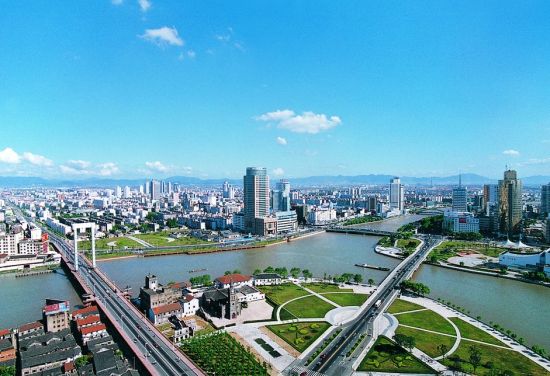
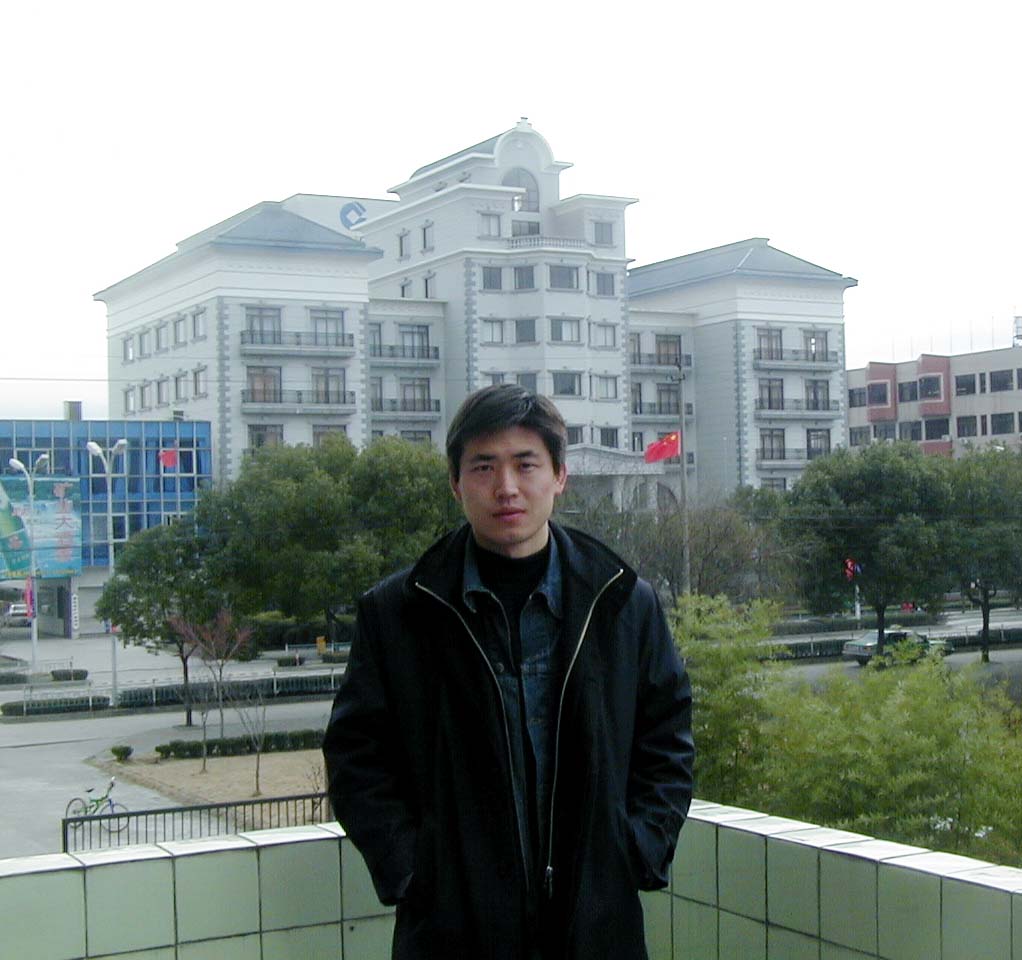



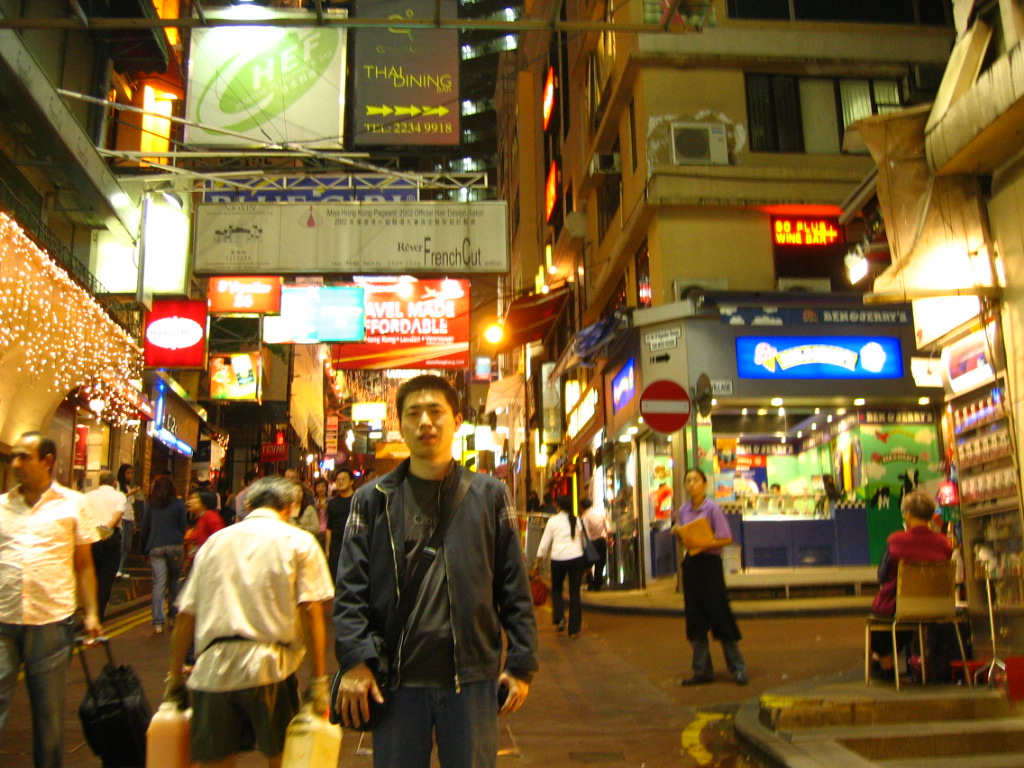


 Here, where the land itself speaks in metaphors of growth and renewal, business transcends mere transaction. Each conversation breathes with the country's unforced rhythm, each signed contract infused with the purity of Aotearoa's elements. The deals struck today will ripple across these islands like the tide in the
Here, where the land itself speaks in metaphors of growth and renewal, business transcends mere transaction. Each conversation breathes with the country's unforced rhythm, each signed contract infused with the purity of Aotearoa's elements. The deals struck today will ripple across these islands like the tide in the 
